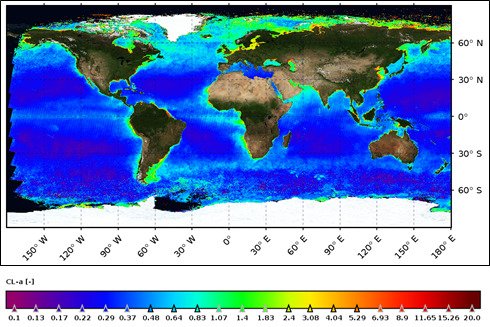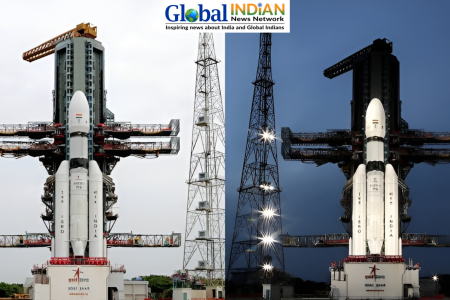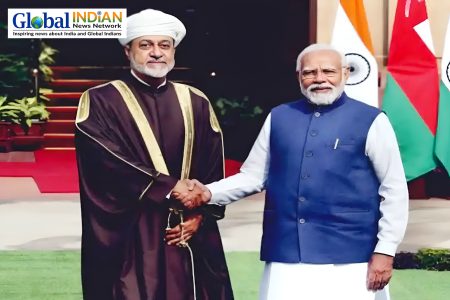 The Indian Space Research Organisation (ISRO) has announced that the Ocean Colour Monitor (OCM) sensor on its EOS-06 satellite has successfully mapped phytoplankton concentration on a global scale.
The Indian Space Research Organisation (ISRO) has announced that the Ocean Colour Monitor (OCM) sensor on its EOS-06 satellite has successfully mapped phytoplankton concentration on a global scale.
Sharing an update on X, ISRO revealed that the OCM sensor on EOS-06 captures chlorophyll-a (Chl-a) concentration worldwide every two days. The agency also shared an image showcasing high-resolution global data collected from January to December 2024. These ocean colour observations provide crucial insights into the biochemical variability of oceans, supporting research in oceanography and climate science.
EOS-06, also known as Oceansat-3, is the third-generation satellite in India’s Oceansat program. It was designed to enhance the capabilities of its predecessor, Oceansat-2, and carries multiple advanced instruments for ocean and environmental monitoring. Among its key payloads are the Ocean Colour Monitor (OCM-3), the Sea Surface Temperature Monitor (SSTM), the Ku-Band Scatterometer (SCAT-3), and ARGOS, a data collection system for environmental studies.
According to ISRO, EOS-06 is designed to observe ocean colour, sea surface temperature, and wind vector data, contributing to oceanographic, climatic, and meteorological applications. The satellite also supports value-added products such as potential fishing zone identification by utilizing chlorophyll concentration, sea surface temperature, and wind speed data.
The mission ensures the continuous collection of ocean colour and wind vector data, benefiting scientific studies on marine ecosystems and climate change. EOS-06 incorporates additional datasets, including sea surface temperature measurements and extended optical and infrared bands for fluorescence and atmospheric corrections. These enhancements are expected to improve the accuracy of oceanographic research and environmental assessments.
A key objective of the mission is to develop advanced algorithms and data products that refine forecasting and analysis related to climate patterns, fisheries, and weather conditions. The satellite was launched aboard the PSLV-C54 rocket by ISRO’s U R Rao Satellite Centre (URSC) and has a separating mass of 1,117 kg. This mission plays a vital role in deepening scientific understanding of global oceans, climate change, and marine biodiversity.













